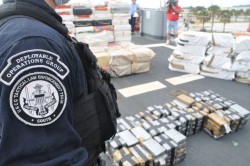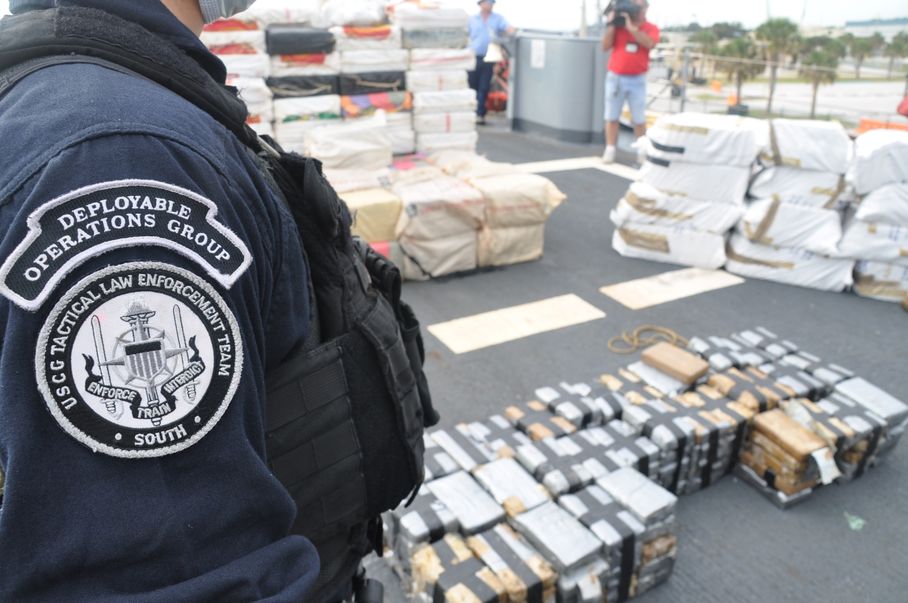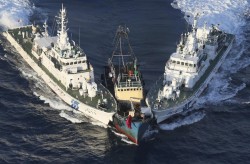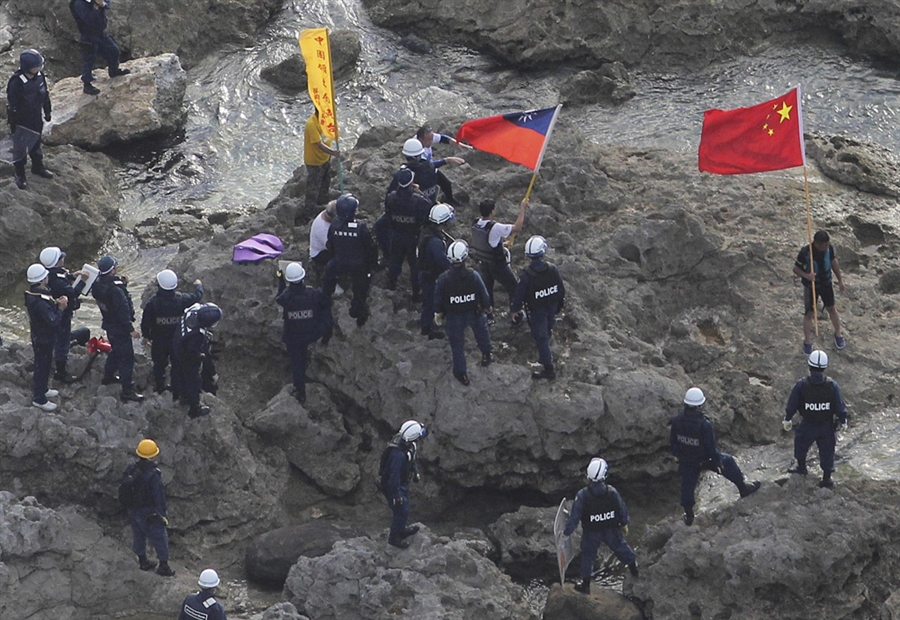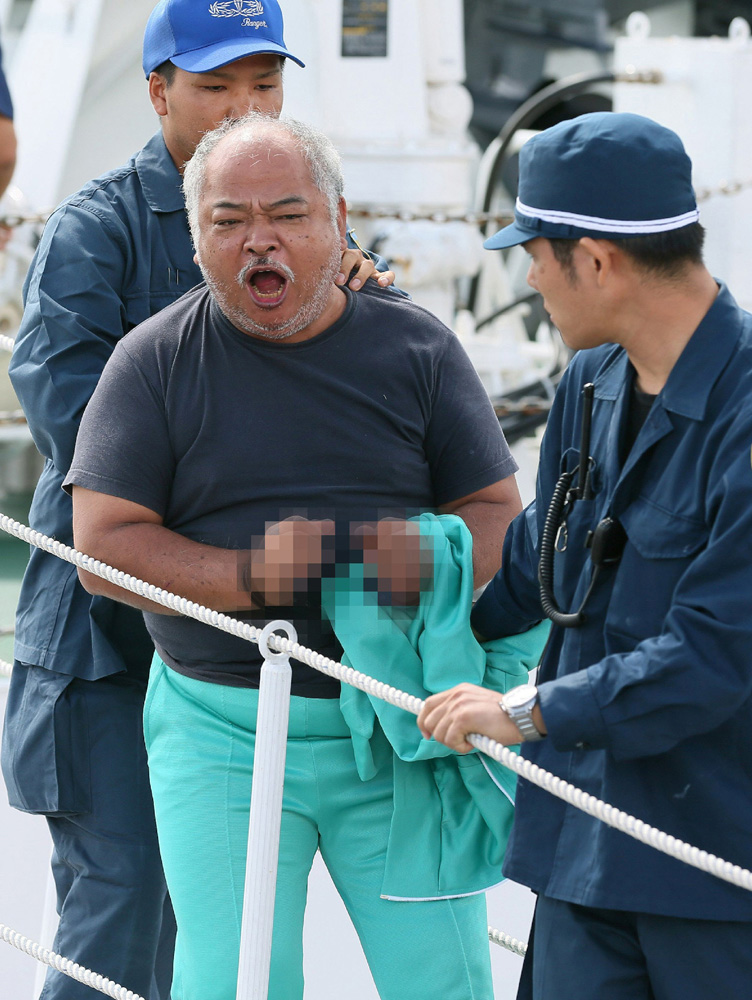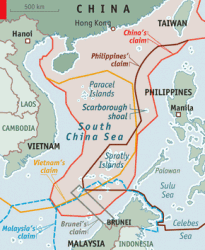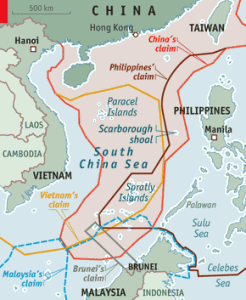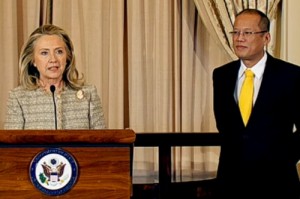
The New York Times published a piece last week describing the “sharp” decline in piracy off the coast of Somalia It cited data provided by the US Navy demonstrating that attacks had significantly fallen off in 2012 compared to 2011 and 2010. The decline was attributed to industry having implemented better security measures, the large-scale participation by forces from many world navies in counter-piracy operations in the region, and raids conducted to rescue hostages.
Conspicuously absent, however, is any mention of how events ashore may have impacted piracy. The only mention in the piece as to how actions on land are related to piracy was that “renewed political turmoil” or “further economic collapse” could cause more Somalis to pursue piracy as a livelihood.
In June Matt Hipple made his case in this blog that international naval operations had little or nothing to do with the current decline in piracy. He argued that the Kenyan invasion of Somalia and continued operations by the multi-national forces of AMISOM, as well as armed private security forces onboard commercial vessels were the decisive factors behind the recent drop in pirate attacks. Another June piece by the website Somalia Report attributed the decline to internal Somali factors, primarily declining financial support by Somali investors in the pirate gangs, and increased operations of the Puntland Maritime Police Force (PMPF).
A basic principle within the social sciences and statistics is that “correlation is not causation.” Just because the U.S. and other world navies applied military force at sea to combat Somali pirates does not mean that maritime operations caused the piracy decline, particularly when there are so many other independent variables have contributed to piracy, especially those ashore driven by Somalis themselves. Until this year the only group with real success at stopping piracy over the last decade was the Islamic Courts Union (forerunner to al-Shabab), who stopped it when they controlled southern Somalia for most of 2006. Piracy came back when the Ethiopians invaded and forced the Islamic Courts Union out of Mogadishu and the pirate strongholds at the end of that year.
It is possible that a debate over who defeated the Somali pirates could mirror the similar debate over the effectiveness of “the Surge” in Iraq. U.S. Army Colonel Gian Gentile has been one of the most outspoken advocates of questioning the conventional wisdom assuming that the 2007 U.S. troop increase in Iraq and the adoption of the Counter-Insurgency doctrine were what caused violence to fall. He instead argues that Iraqi-driven variables such as Sunni insurgent groups accepting U.S. money to switch sides and Shia leader Moqtada al-Sadr’s decision to stop attacks were what made the difference.
Both the deployment of ships and other assets by the world’s navies, as well as changed behavior by the maritime industry, have played some role in the drop in pirate attacks. To assume that those were the decisive factor, however, with no consideration given to what has actually happened in Somalia over the past few years, is shortsighted and ignores the larger reasons for why the phenomenon of Somali piracy started in the first place.
Lieutenant Commander Mark Munson is a Naval Intelligence Officer and currently serves on the OPNAV staff. He has previously served at Naval Special Warfare Group FOUR, the Office of Naval Intelligence and onboard USS ESSEX (LHD 2). The views expressed are solely those of the author and do not reflect the official viewpoints or policies of the Department of Defense or the U.S. Government.

